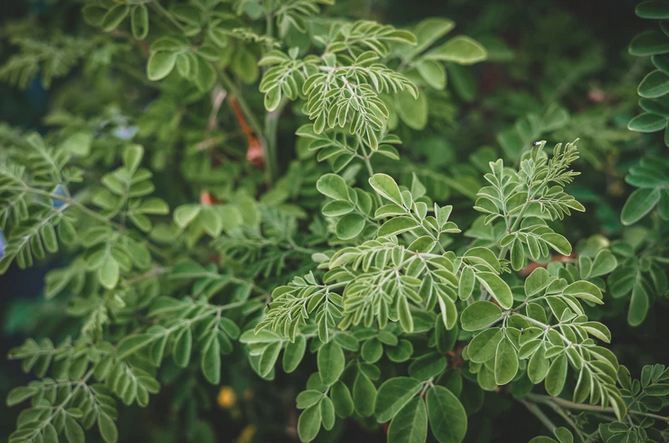Before the advent of modern medicine as we know it many cultures developed natural medicines concepts called herbs. These cures usually came from plants and other natural substances which today can often be found in the kitchen.
Ayurvedic Medicine is a tradition of treating people holistically that has a history of treating disease and preventing illness through herbs and even some of your everyday spices found in the kitchen.
A number of Indian plants or herbs and spices have found their way into the United States. Ginger, Gotu Kola, Gymnema, Cinnamon, Boswellia or Frankincense and East Indian Globe Thistle are just a few of the Indian herbs that can be found in your local herbalist store or even at the grocery store.
Ginger
Used as a digestive aid this spice has been recommended to cure gas, colic and even decrease heart burn. It is also known as a tonic to increase vigor and as an anti-depressant. In India, this herb is also known as Sunthi or Adrak
Gotu Kola
Listed as a common herb in India this herb should not be confused with Kola Nut which is a different plant. In Ayurvedic herbalism this plant has many uses including wound healing, skin disorders, sedative effects and even seems promising as a blood pressure-lowering herb.
Gymnema
Gymnema Sylvestre or Gurmar has received a lot of press because it appears to block sugars. The first noticeable effect when a small amount is placed on the tongue is that the person stops being able to taste sweets. The theory is that it has a similar blocking effect internally.
The actual effect may be that because you don’t “taste” the sugar it doesn’t trigger that “sweet tooth effect“. When used with diabetics a decrease in blood sugar and insulin levels was noted with this Indian herb.
Cinnamon
In addition to being a key ingredient in mom’s cinnamon rolls this spice has been used as a stimulant for hundreds of years by the Ayurvedic Herbalist. It is used commonly to alleviate tooth ache, rheumatism and as an astringent. The essential oil seems to have marked anti-bacterial and anti-fungal properties also.
Boswellia
Also known as Frankincense this gummy residue is used externally for its anti-inflammatory properties and as an expectorant and immune system booster when taken internally. This tree is native to India and the Middle East.
East India Globe Thistle
Considered a tonic or energizer this herb also seems to have anti-diabetic qualities and may be found in compounds that promote anti-oxidant effects or that reduce blood sugar.
The list of Ayurvedic herbs is much longer than just these few. It is noteworthy that many of these herbs are also spices or foods such as apricot or licorice. The Ayurvedic tradition promotes the belief that food plays an important role in curing disease and promoting wellness. The precept that “we are what we eat” is not a new one it seems.
Taking herbs in place of medications is not without some risk. Many herbs contain potent substances which can create side effects as well as interactions with medications.
A common example is ginseng. Ginseng interacts with coumadin (a common blood thinner) and causes your blood to become even thinner.
Anytime you are considering taking an herb or supplement you should research the effects and side effects and as always if you are taking medications you should consult with your doctor before starting any herb or supplement.

